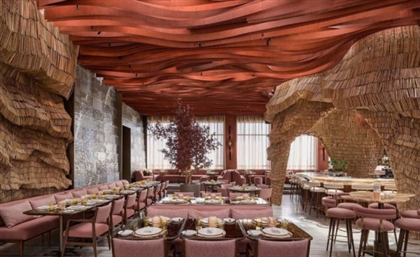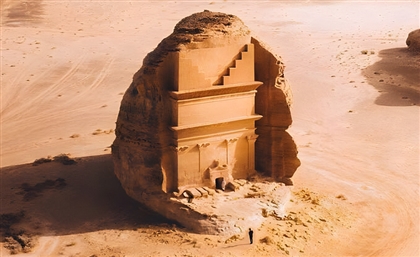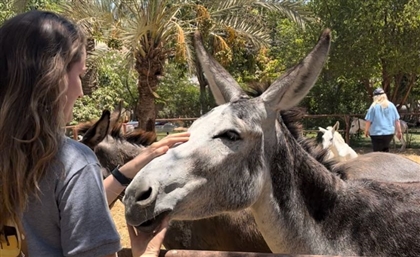The Igoudar of Morocco: Ancient Fortresses That Served the Community
The igoudar are fortified Amazigh granaries, and they have been around for longer than historians are able to confidently tell.

The igoudar are not easy to find, but for those who persevere, they may be able to see them rising out of the rocky terrain of Morocco’s Anti-Atlas Mountains like ancient fortresses, their earthen walls blending into the ochre and sandstone cliffs. These structures, built by the Amazigh tribes of the Souss-Massa region, are at once functional and enigmatic. As fortified storehouses, they were designed to protect life’s essentials in a place where survival was never guaranteed. Grains. Oil. Silver jewellery. A legal document that might prove, if needed, who owned the land or who owed the debt.
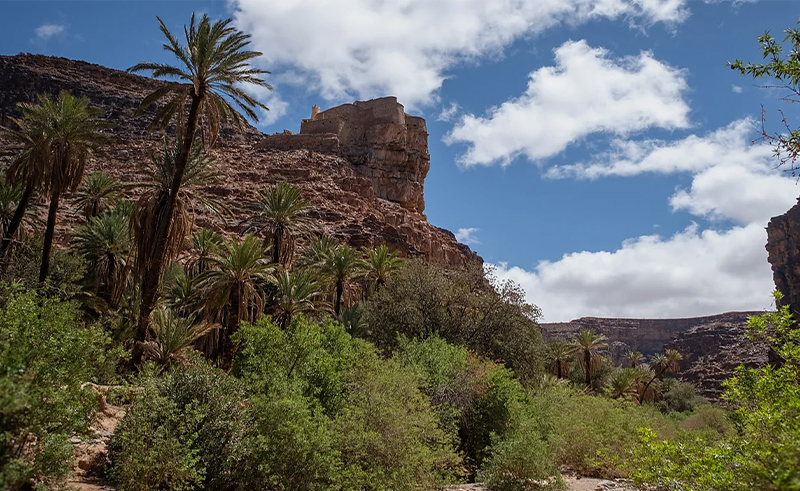
Historians call them one of the world’s oldest banking systems, dating back to at least the 13th century, although some say their origins could be older still. Their purpose was practical: to keep food and valuables safe from bandits and raiders, from warring neighbours, from the unrelenting threat of drought. The Amazigh were nomads before they built the igoudar. By the 15th century, they had begun to settle, and these structures - high above the plains, hidden in the folds of the mountains - became their anchors.
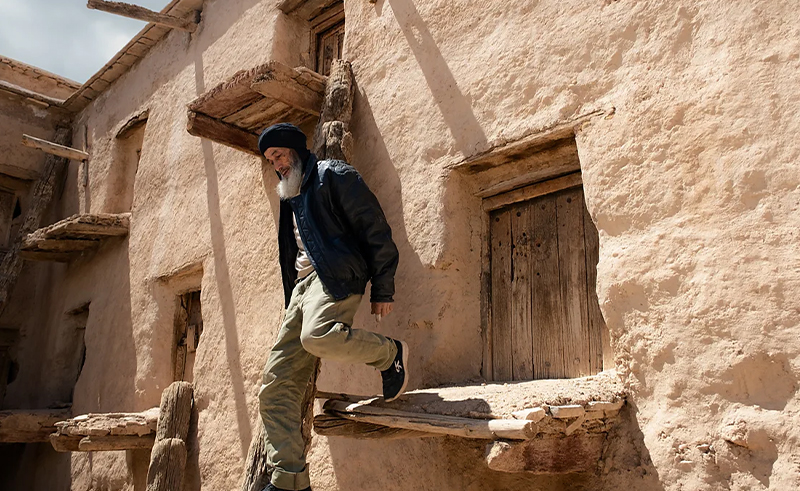
The igoudar were more than granaries; they were also communal centres. There was always a square, always a place to meet, to argue, to barter. Some had mosques. Some had water tanks or rooms where tools were forged. In times of famine or war, they sheltered people alongside the stores of barley and dates. The walls were thick, the doors reinforced, the design so deliberate that even now, one can imagine the relief of finding such a place when the desert turned harsh.
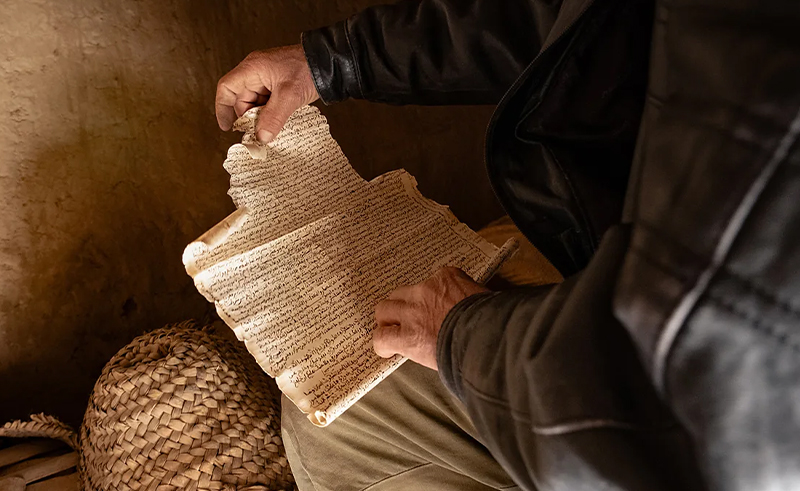
Each family stored what they could spare. The system was cooperative, but it was not without its rules. One couldn’t simply take what one needed; every deposit required a small contribution - a handful of grain, for example, for those who had none. It was a kind of insurance against scarcity, managed with a precision that seems at odds with the austerity of the buildings themselves. Records were kept on wooden boards. An appointed secretary, the Lamine, oversaw the inventory. A committee of elders ensured fairness. There were key holders, guards, men who lived in rooms built into the walls, responsible for the locks and for enforcing the tribal laws. They were paid by the community, and their duties were constant. The guards were never to leave the structure unprotected. They were given privileges - such as private quarters and access to a small mosque - to make sure they stayed.
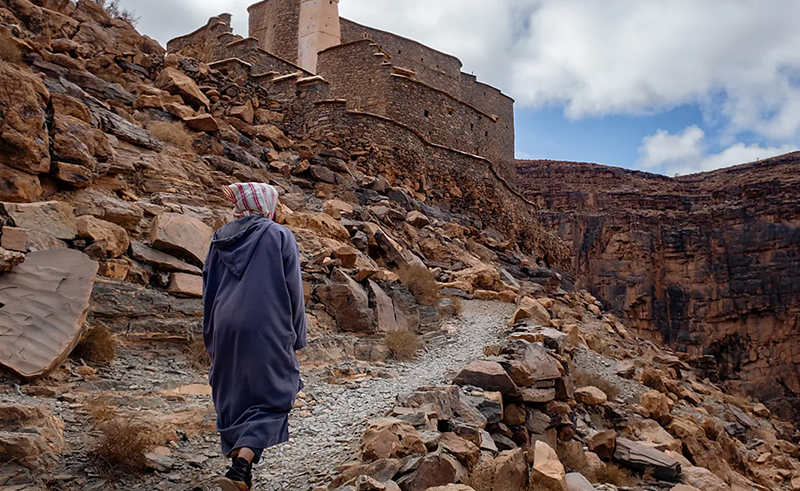
The system worked because it had to. In a place where drought could stretch for years and where bandits moved faster than news of their arrival, cooperation was not optional. The igoudar became symbols of that understanding, of what it meant to belong to a community when there was no safety in isolation.
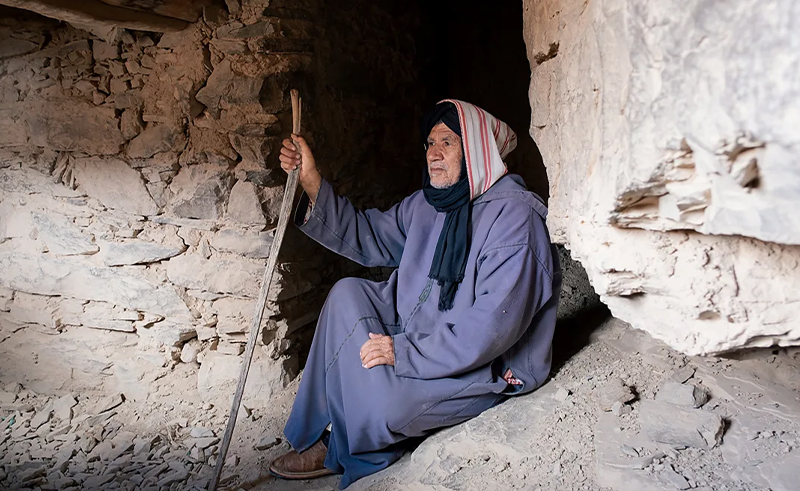
Some of the igoudar can still be found, although most have fallen out of use. The granary at Aït Kine, for instance, is still used for storing crops, for keeping family records, and for the occasional wedding. Others, like Agadir Imchguiguiln - thought to be over 700 years old - have been partially restored. In Imchguiguiln, archaeologists uncovered 130 granaries, a mosque, a square, even a prison cell.
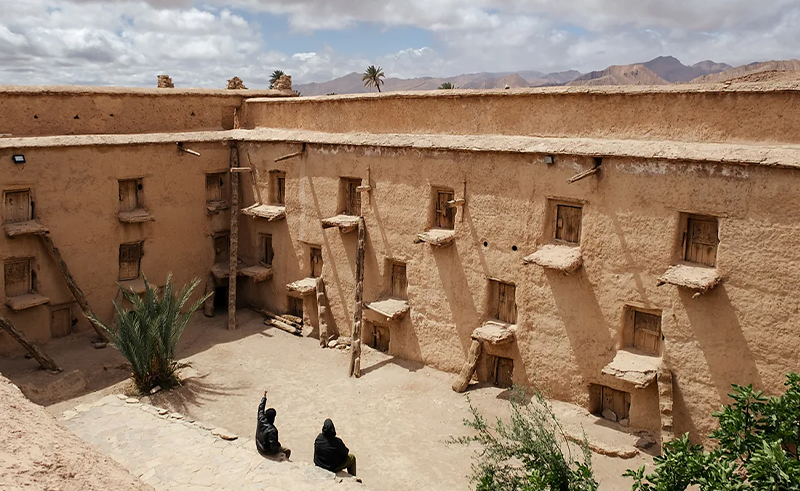
The Moroccan government has begun efforts to preserve these structures. Villagers, too, have taken part, repairing walls, clearing pathways, trying to hold onto what is left. There is talk of seeking UNESCO World Heritage status, of making the igoudar part of a larger narrative about the Amazigh and their place in the history of North Africa.
- Previous Article Saint Levant drops Resilient Single 'Daloona' Ft 47Soul & More
- Next Article Hue Artfully & Consciously Designs Inclusive Skincare for POC
Related Articles
Trending This Week
SceneNow TV
Events Calendar






